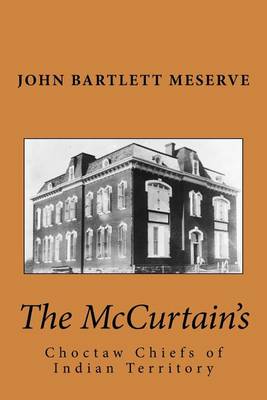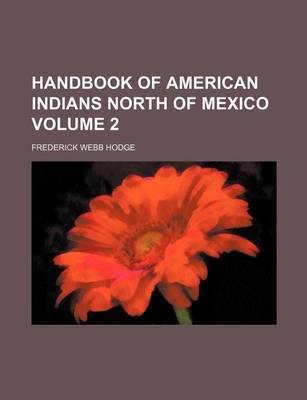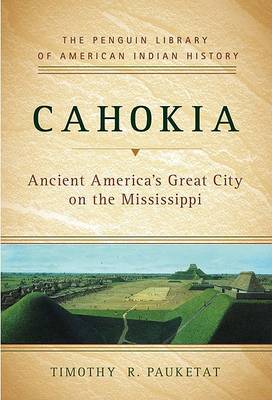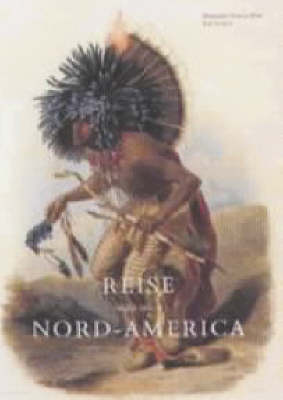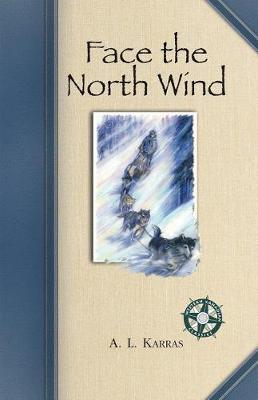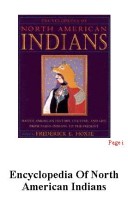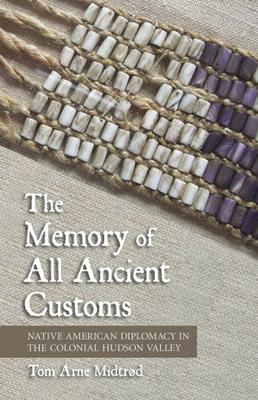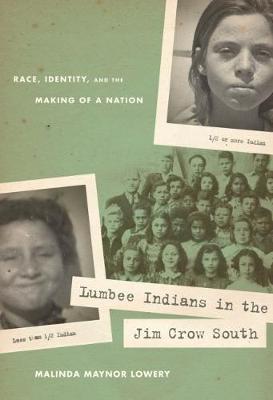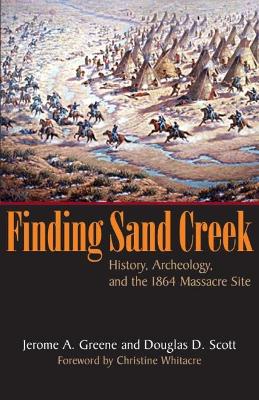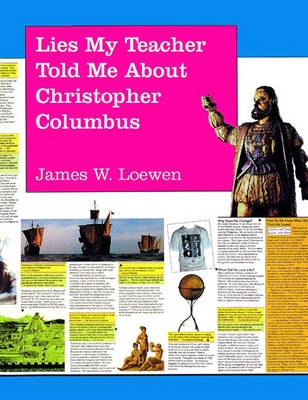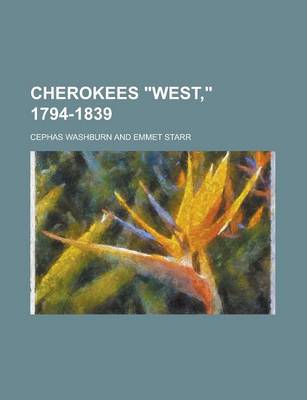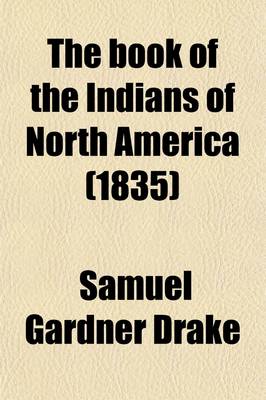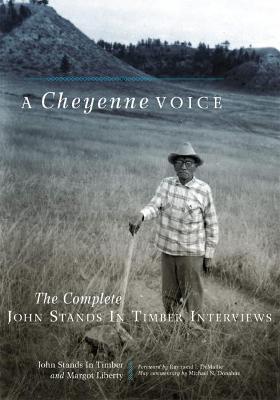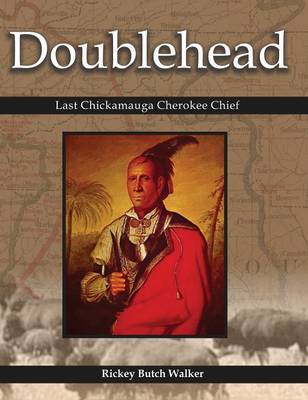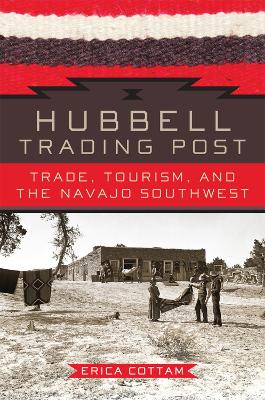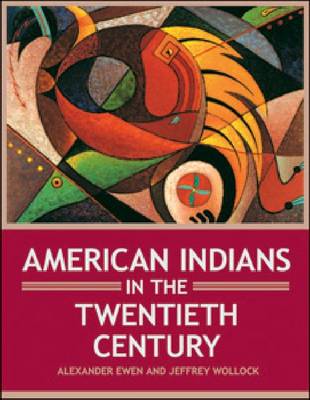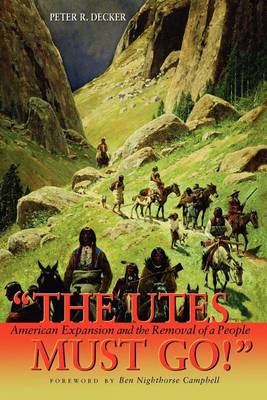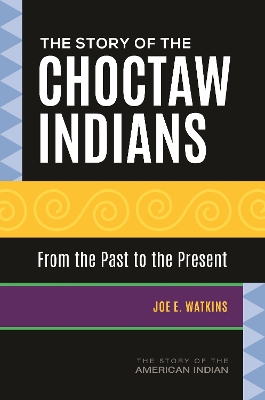Handbook of American Indians North of Mexico Volume 2
by Frederick Webb Hodge
Peoples of the Southwest, West, and North (Curriculum Connections)
Cahokia (Penguin's Library of American Indian History)
by Professor of Anthropology Timothy R Pauketat
Travels in the Interior of North America, 1832-1834 (Taschen specials)
by Maximilian Wied and Prince of Wied Maximillian
In 1832 looking to gather images and information about native Americans and their customs, Maximillian Prince of Wied travelled with Swiss painter Karl Bodmer across North America; Wied's travel experiences were published in 1840, his text printed in two volumes and 81 of Bodmers illustrations were published as a portfolio.; Reprinted from a splendid hand - coloured copy of the publication still owned by the Wied family, 'Travels in the Interior of North America' is the first book to reproduce a...
Part historical narrative and part textual analysis, this work traces the development of American Indian literature from the 17th century to the eve of the Civil War. The focus is on four prominent Indian missionaries who each struggled to secure a place between colonial rule and native rights.
In The Memory of All Ancient Customs, Tom Arne Midtrød examines the complex patterns of diplomatic, political, and social communication among the American Indian peoples of the Hudson Valley—including the Mahicans, Wappingers, and Esopus Indians—from the early seventeenth century through the American Revolutionary era. By focusing on how members of different Native groups interacted with one another, this book places Indians rather than Europeans on center stage.Midtrød uncovers a vast and multi...
A People, a race, a tribe, and a nation. With more than 50,000 enrolled members, North Carolina's Lumbee Indians are the largest Native American tribe east of the Mississippi River. Malinda Maynor Lowery, a Lumbee herself, describes how, between Reconstruction and the 1950s, the Lumbee crafted and maintained a distinct identity in an era defined by racial segregation in the South and paternalistic policies for Indians throughout the nation. They did so against the backdrop of some of the central...
The 1864 Sand Creek Massacre is one of the most disturbing and controversial events in American history. While its historical significance is undisputed, the exact location of the massacre has been less clear. Because the site is sacred ground for Cheyenne and Arapaho Indians, the question of its location is more than academic; it is intensely personal and spiritual.In 1998 the National Park Service, under congressional direction, began a research program to verify the location of the Sand Creek...
Lies My Teacher Told Me About Christopher Columbus
by James W Loewen
In "Lies My Teacher Told Me About Christopher Columbus," the bestselling author of "Lies My Teacher Told Me" offers a graphic corrective to the Columbus story told in so many American classrooms. First published over fifteen years ago and long out-of-print, the poster and accompanying paperback book sum up the mis-tellings--and reveal the real story--in a graphically appealing and accessible format. In vintage Loewen fashion, the poster juxtaposes short quotes from a range of high school textbo...
Tour of the American Lakes, and Among the Indians of the North-West Territory in 1830, Vol. 2 of 2
by Calvin Colton
A Cheyenne Voice (The Civilization of the American Indian)
by John Stands In Timber and Margot Liberty
Rarely does a primary source become available that provides new and significant information about the history and culture of a famous American Indian tribe. With A Cheyenne Voice, readers now have access to a vast ethnographic and historical trove about the Cheyenne people - much of it previously unavailable. A Cheyenne Voice contains the complete transcribed interviews conducted by anthropologist Margot Liberty with Northern Cheyenne elder John Stands In Timber (1882-1967). Recorded by Liberty...
Southeastern Pomo Ceremonials (UC Publications in Anthropological Records, #29)
by Abraham M. Halpern
For more than a century, trading posts in the American Southwest tied the U.S. economy and culture to those of American Indian peoples - and in this capacity, Hubbell Trading Post, founded in 1878 in Ganado, Arizona, had no parallel. This book tells the story of the Hubbell family, its Navajo neighbors and clients, and what the changing relationship between them reveals about the history of Navajo trading. Drawing on extensive archival material and secondary literature, historian Erica Cottam...
This is a one-stop resource on the history, key individuals, and events of 20th-century American Indians. In an easily accessible A-to-Z format, "American Indians in the Twentieth Century" contains a comprehensive range of entries - from biographies to concise analyses of major events, organizations, and important topics - that provide an overview of the history of American Indians in the 20th century. Profiles are included of key individuals, events, ideas, organizations, and locations that hav...
The Utes Must Go!: American Expansion and the Removal of a People
by Peter Decker
The Story of the Choctaw Indians: From the Past to the Present (Story of the American Indian)
by Joe E Watkins

